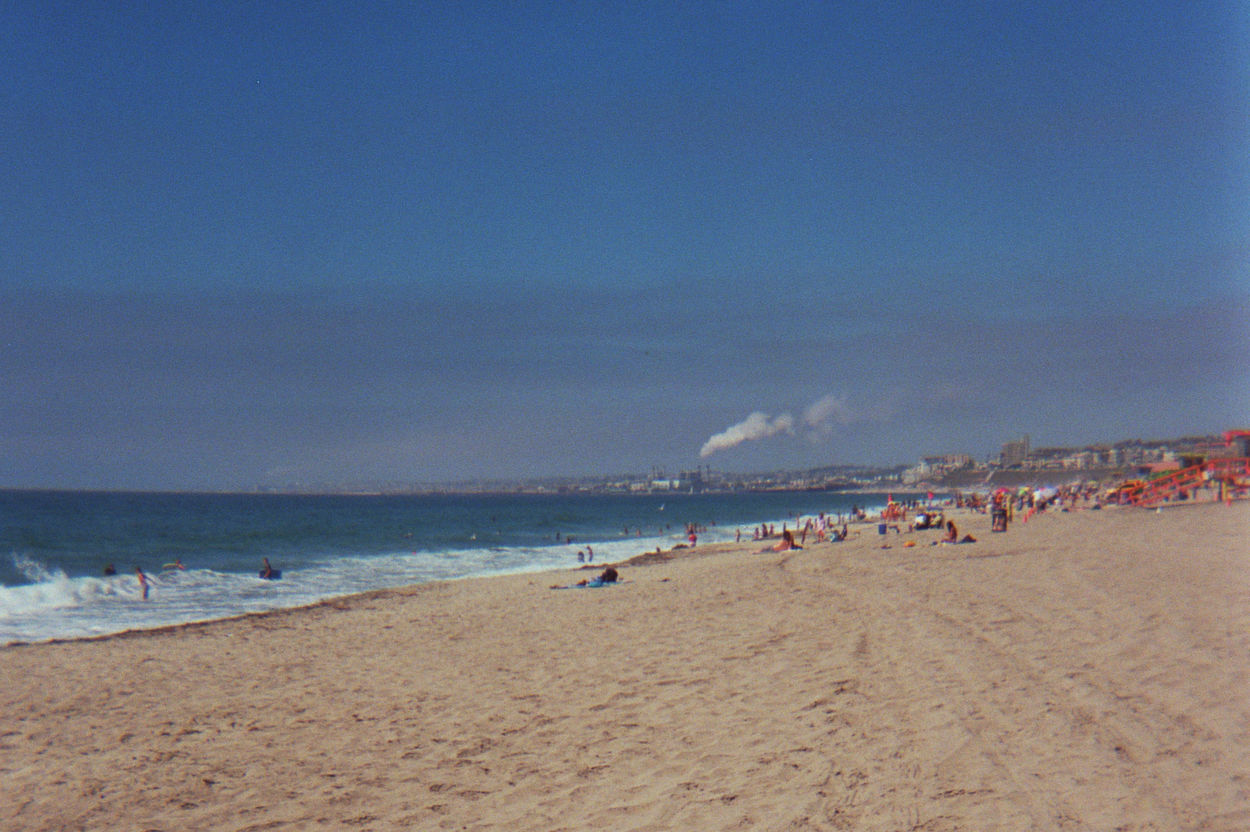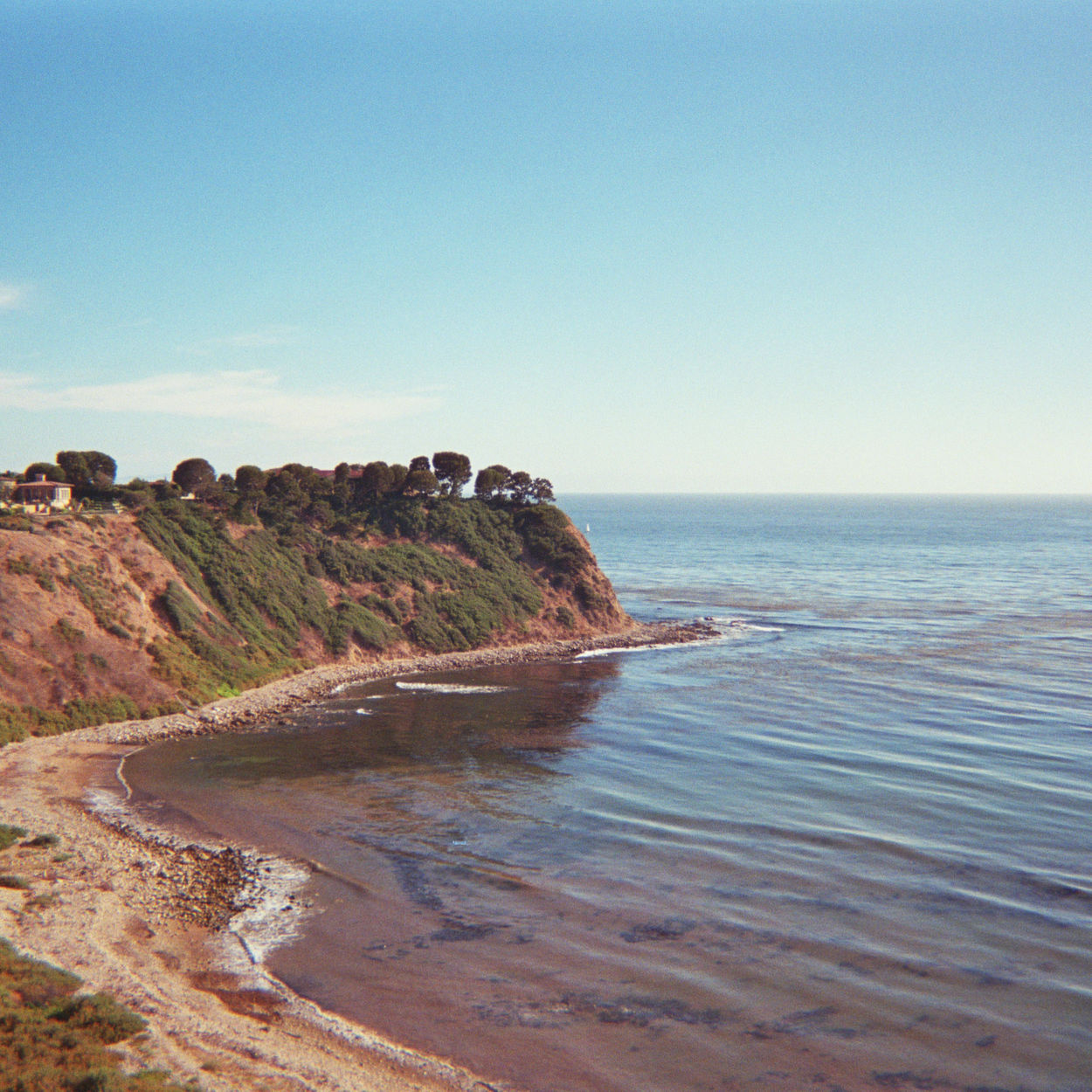Published
NOW v4: Big personal news, frustrations about current events, a tiny bit of hope
Updated my Now page, contents below for posterity. This one contains probably the biggest news in my personal life since we moved. 🐣 Fewer emojis in this update because it just feels too casual considering the somber state of things right now.
It’s late February 2021. We’re coming up on a year since we hastily moved out of our flat in London a week+ early to avoid getting stuck in top-tier pandemic 🦠 lockdown without a home.
Personally, these past few months have looked largely the same as every other month since early 2020. I’ve been exceptionally fortunate throughout in that every sticky situation caused by the pandemic or current events has turned out alright. Sometimes this has been down to luck or timing, but more truthfully, it is directly related to the privilege of having very supportive family, friends, and collaborators.
Of course it’s been just more chaos in the wider news. Since my last Now update there was the election in November 🗳, an astronomical spike in Covid cases and deaths tied to winter holiday travel and celebrations, then the Capitol insurrection in January followed by a pared-back, pandemic-appropriate presidential inauguration. There was the very recent terrible freeze in Texas which resulted from a catastrophic combination of extreme weather and exceptional incompetence on the part of state legislators and the Texas Public Utilities Commission. How can we blame wind turbines freezing when people in Arctic territories manage to keep theirs running smoothly? And how did state regulators not see this coming considering the 2011 federal report explicitly recommending winterization efforts? Friends in Austin reported being without power for over 50 hours, indoor temperatures around 48F or below. Many Texans lost their homes or lives, a child in Conroe died of suspected hypothermia in bed next to his three-year-old stepbrother. The US coronavirus death toll just passed half a million. And all of these headlines are from the US alone.
But the vaccine 💉 distribution also started towards the end of last year, and the curve is dropping. Even though there’s some uncertainty surrounding the vaccines’ efficacy, particularly in preventing transmission or against new virus strains, even though there have been problems with efficient distribution, it still gives me a bit of hope. It’s a drop in the bucket when you consider all of the broader problems, but it’s something. Sam’s parents got the jabs a while back, then my grandpa, then my parents. I should be eligible for the vaccine in less than a month according to California’s current schedule.
The reason I’m eligible so soon is that we’re expecting. Some very happy personal news. 🙂
Perhaps it’s an odd time to have a baby, but it’s not like we’ll be disrupting a busy social calendar. They’re due to arrive this summer, possibly right around when we can start seeing people again. At least I really hope.
Navigating self employment and maternity leave has been interesting. I plan to get back to work when I can, I really like what I do and the people I get to work with. And it’s going to be very stressful not earning for a bit! But I’m under no illusions that it will be easy and am planning to take a solid few months completely off. Will probably have to find childcare ASAP, which I hear is a tortuous and expensive undertaking in SF… Talking to friends and collaborators that have been through this has been essential. It’s reinforced my feeling that planning and flexibility are two sides of the same coin. The unknown aspect of it (did you know that only roughly 5% of babies come on their due date?) makes it a little difficult to figure certain things out, but we’ll get there.
Work-wise 👩🏻💻 I’m currently focusing on wrapping up big preexisting projects before my maternity leave and fitting in maintenance work to pre-empt requests that otherwise might have arisen while I’m out for a few months.
My bigger projects include: working with Nick Sherman to add some exciting functionality to the super-useful Variable Fonts website; developing a new site for Danish art 🎨 school Det Jyske Kunstakademi designed by Sara De Bondt studio; helping out long-term collaborators Corridor8 with some major website improvements; developing a website designed by John Morgan studio for a major London-based gallery 🖼 including the automated migration of over 4000 entries; developing a new website for Gort Scott Architects designed by Polimekanos. I’m still collaborating with Bec Worth on the WIP 🚧 open-source WordPress theme that powers this website, though that project has been dormant for a bit due to maternity leave prep busy-ness.
I’m still offering free 30-minute open office hours sessions on Wednesday mornings Pacific Time for anyone that has web-related questions, but am now just using email to schedule this. Dropped Calendly for scheduling since it felt like unnecessary admin. My most recent sessions included walking someone through how I worked with the Are.na API on Gemma Copeland’s site and discussing how best to make content adjustments to a personal site for SEO purposes with a lovely former collaborator who is embarking on some exciting new personal projects.
Limited free time at the moment is mostly taken up by mindlessly watching feel-good shows like The Repair Shop and Taskmaster, and by anxiety-driven research. That all needs to change. Some of the research has been dedicated to wrapping my head around the blockchain and NFTs since so many of my colleagues are now jazzed about it despite prior misgivings. But most of the research is made up of learning more about what on earth having a kid is supposed to entail in 2021 and beyond. If anyone has tips on teaching kids about social media safety let me know, I’m already worried.
Besides that, I’m still contributing to the Feminist Open Source Investigations Group. Cooking and baking 🍲 used to be my main pandemic pastimes but that fell seriously by the wayside due to first trimester woes. I did successfully bake my MIL’s top-notch lemon drizzle cake 🍋 recently, which was a big win. Sam and I have been doing a little more walking and exploring outdoors, not enough. And we just started making some furniture based on Rietveld’s crate designs. More on this to come soon. I haven’t kept up with my anti-racism reading recently, nor other reading, so need to revisit the reading list 📚 I set for myself a while back. And I need to make more effort to make IRL friends in the SF Bay Area. I put it on the back burner since lockdown measures combined with being extra-cautious due to pregnancy made seeing people in person seem unfeasible. But that is changing as numbers go down. Have had a lot of luck reaching out to people on Twitter though, every one of those digital encounters has been really nice. Still looking for a new choir 🎵 in the Bay Area, though I’m not expecting to find anything that rivals Musarc in terms of breadth of repertoire and experimentation. We’ll see!
Am I allowed to say that things are maybe, just barely, looking up? 🤞 Don’t hold me to it, time will tell.


